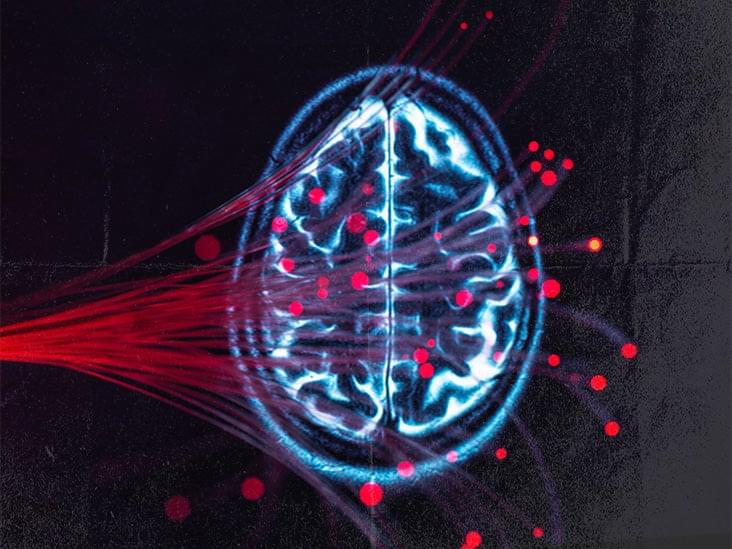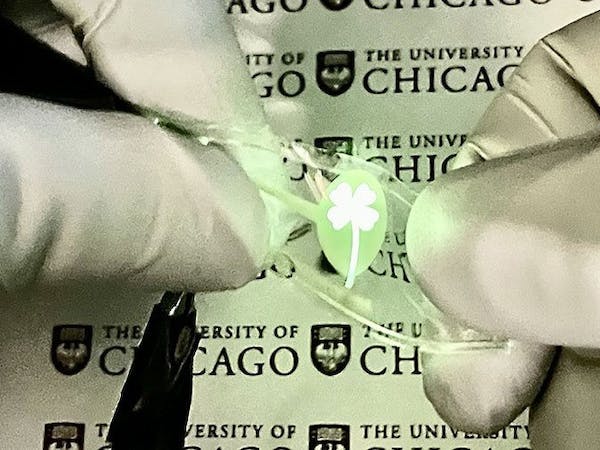New research claims to have created an artificial pathologist.
There’s no denying that early detection of cancer improves the survival rate of a patient. Its diagnosis, which is carried out by detecting changes in the cell size, shape, or form, is pivotal to the pathology of the disease.
Now in most cases, doctors need to do a biopsy to be sure a patient has cancer. The analysis of solid tissue biopsies is commonly done in the middle of a medical operation by trained pathologists. This expert analysis requires pathologists to perform multi-step processes and inspect the tissues under a microscope, all while the patient lies on the operation table. This process, more often than not, takes a lot of time, resources, and labor.
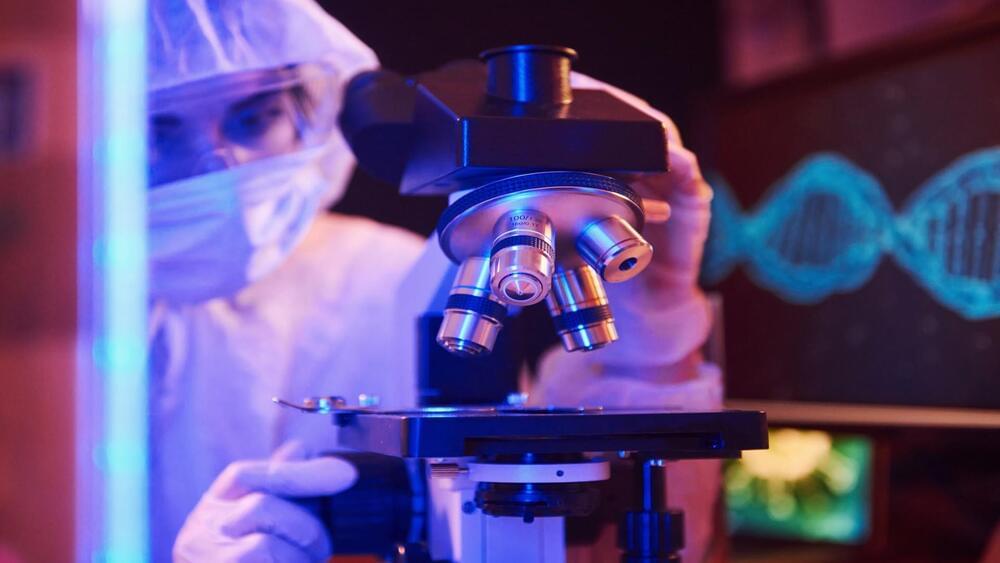
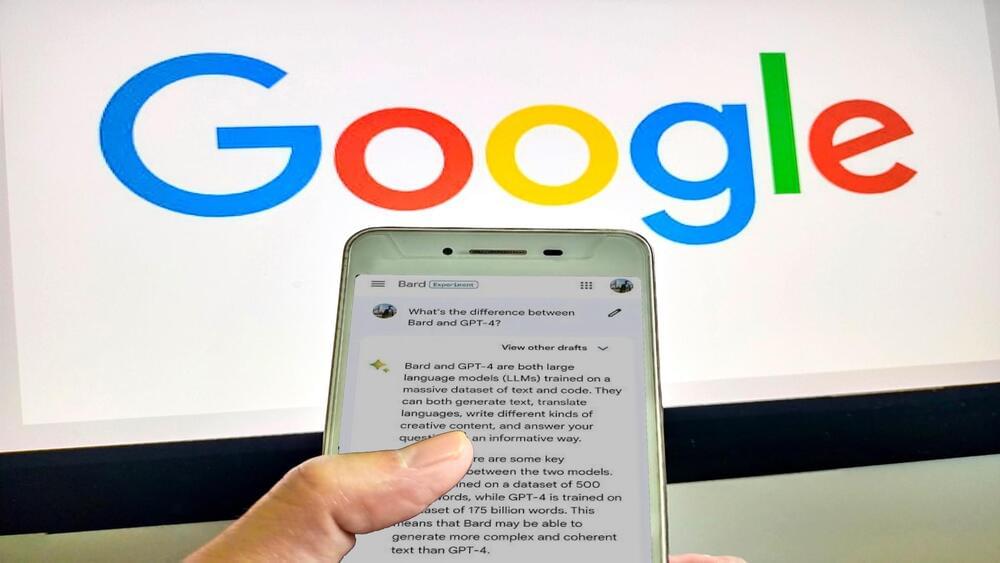

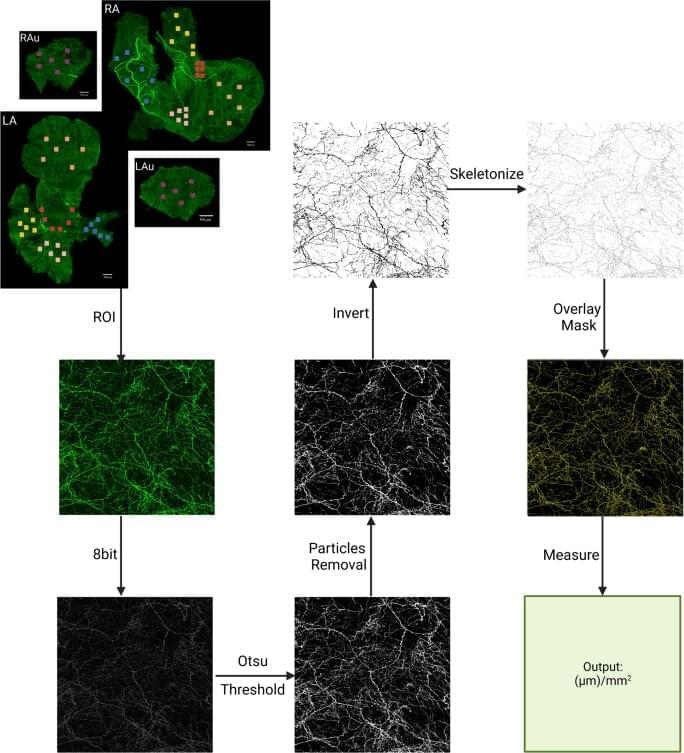
 עברית (Hebrew)
עברית (Hebrew)